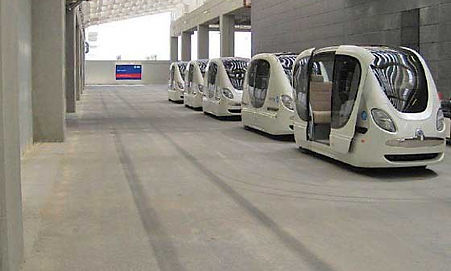top of page
Masdar City Sustainable City Project
07/2015
General information:
Masdar City is a planned project in the United Arab Emirates, adopting sustainable techniques in the city of Abu Dhabi. The bulk of the initial funding was provided by the Abu Dhabi government, with Masdar (a renewable energy-based company) and subsidiary group Mubadala Development Company undertaken. The design of the project was designed by Foster and Partners British company.
When Masdar City is established, it will host the headquarters of the International Renewable Energy Agency (IRENA (International Renewable Energy Agency)). The city was likewise designed to be a top for clean tech companies. Masdar Institute of Science and Technology was the first team that came to this place in September 2010 and started operations.

Architectural:
Masdar sustainable mixed-use campus was designed to support pedestrians and cyclists. Masdar City siding is decorated in Arabian style and the city is in the shape of a cube from a distance. Although it is surrounded by desert around it, the streets in the citywere planned with a unique building settlement and design so that the temperature would generally be between 15-20C. In addition to this technique of creating temperature difference, increasing the shadow areas by making narrow street entrances, reducing or reflecting the surfaces in contact with the sun, creating water areas such as fountains, pools and creating breeze air as a result of evaporation, the 45 m high wind tower was modified with traditional Arabic motifs. It draws the air from above and spreads the cool air down to the streets and streets of Masdar.

Renewable Energy and savings:
Masdar 22 hectares of land will support a total of 87,777 solar panel fields and additionally, the solar panels on urban building roofs.
There is no on-off manual control for lighting and taps in the city. Instead, efficiency is provided with light and water automatic control sensors. With this method, 51% and 55% savings are expected, respectively. Due to the location of the project, the solar panels faced with sandstorms in the desert had a problem such as not being able to operate at full efficiency. Together with other engineering companies, the solution developed the blocking by installing a less porous barrier than sand particles in front of the panels. In addition, work is still being done on the development of various coatings on the solar panels to prevent bacteria or sand accumulation.
Apart from these, it is desired to use condensing solar energy technology from solar energy ((CSP) concentrated solar power). Therefore, the applicability of a power plant established for trial purposes will be tested.
In water management, about 80% of the water will be recycled and it is aimed to reuse the used water as much as possible, saving gray water in field irrigation or other purposes.
Palm tree, the wood material used in the exterior coatings of buildings in the city, was selected from palm trees developed by Pacific Green, which do not give more fruit. At the same time, this material was used in city entrances, panels and doors.
Budget, Design and Purpose:
The project, which was initiated in 2006, was planned as 18-22 billion dollars, the first part of which was completed in 2009 in approximately 8 years and to provide a livable environment. Construction started in 2008, the first 6 buildings were completed in October 2010, and the first residents settled in these buildings. However, with the impact of the global economic crisis, the completion of the 1 km2 area, which is the first phase of the city, was postponed to the dates between 2015 and 2020-2025. At the same time, the estimated project amount was reduced by approximately 10-15% to $ 18-19 billion.
The city will create a living space for 45000-50000 people on an area of 6 km2 and will initially include 1500 business centers for environmentally friendly manufacturers. On the other hand, 60000 employees are expected to be employed.

Transportation System:
In the first stage, according to the plan, urban transportation with public transportation and individual rapid transportation ((PRT) Personal Rapit Transit), urban transportation and passengers outside the city will be connected in this way. However, the underpass system, which was planned to be built by PRT in October 2010 to prevent pedestrians from walking, could not go further than being used in the pilot phase due to its cost. With this new regulation, passengers will be more encouraged to use electric, clean energy vehicles and public transport.


bottom of page




